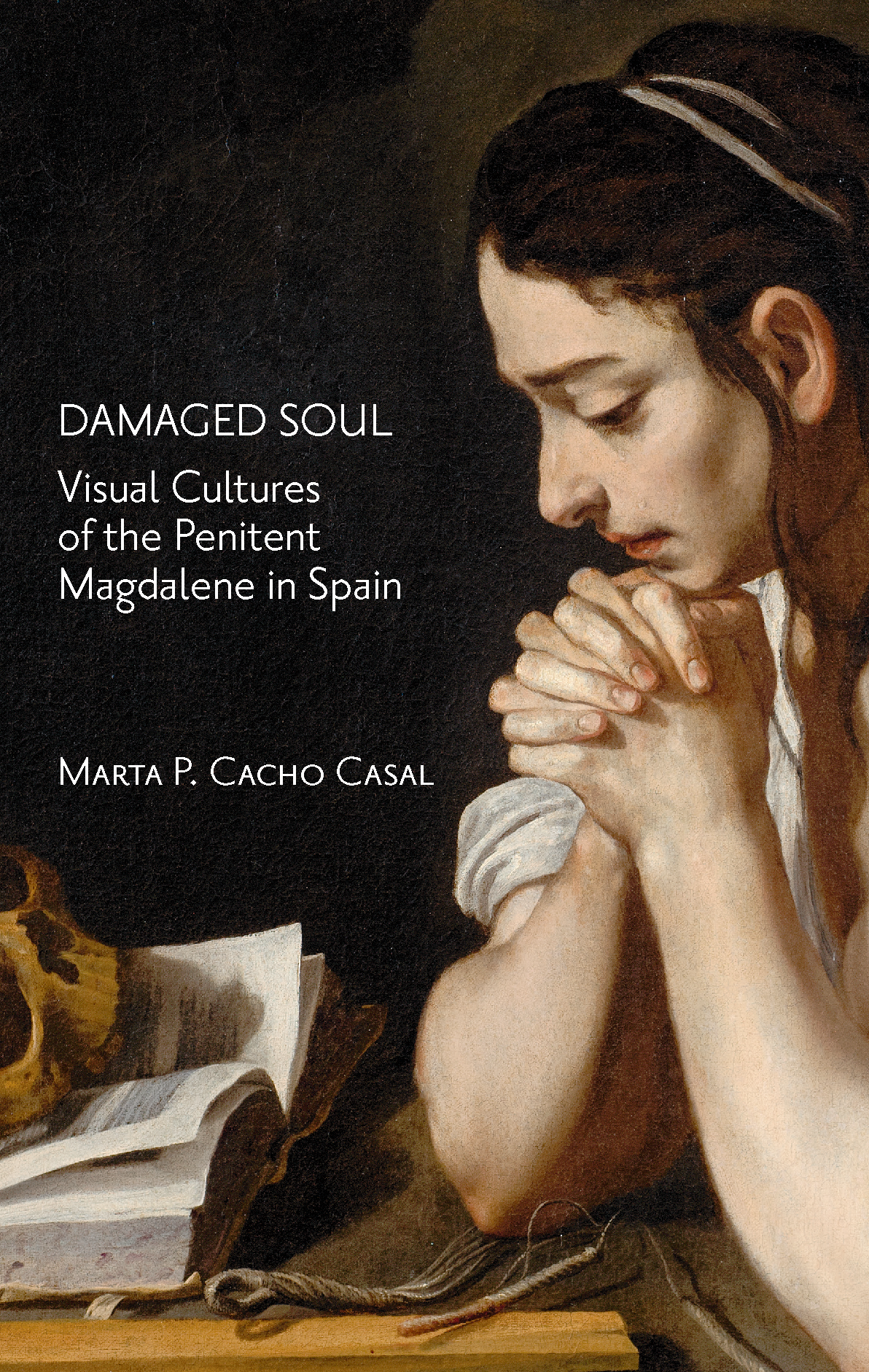Author
Marta P. Cacho Casal
Characteristics
208 pages; 83 color illustrations; flapped paperback; 16 x 24 cm
Publication
English; preface by Jonathan Ruffer; jointly published with the Spanish Gallery; 2024
ISBN
978-84-18760-50-1
Price
€22,12
The Spanish Gallery at Bishop Auckland holds a small yet remarkable collection of works representing the Penitent Magdalene in her cave in Southern France. These were painted by three seventeenth-century artists who are now little known outside Spain but who were celebrated during their lifetimes. Juan Bautista Maíno spent time in Rome and later became a Dominican friar. Luis Tristán was El Greco’s most famous pupil. Mainly active in Toledo, he spent his early years in Italy, possibly in the company of Jusepe Ribera. Finally, Mateo Cerezo was the most important painter to emerge from his hometown, Burgos, although he had a short-lived career, dying young.
Using the works at the Spanish Gallery – three paintings and a small oil sketch – as a starting point this book explores some of the visual narratives concerning Mary Magdalene as a repentant saint, a key devotional figure during the Spanish Golden Age. It investigates contemporary views on sin, attitudes to the body and the role of women in Hispanic society. After a short introduction to the significance of the Magdalene’s image during the Counter-Reformation, the author explores its function in the context of material culture of domestic Spain. This is followed by an in-depth analysis of the paintings themselves. Through these four works, the present study opens up new opportunities for discussions regarding patronage, taste and style, and particularly the extent to which we should consider Maíno and Tristán to be segundos Caravaggios, or followers of Caravaggio.
Marta P. Cacho Casal is an affiliated lecturer at the Department of History of Art at the University of Cambridge. A historian of early modern art, her research interests include the life of artists and their social circles, portraiture, the religious image, drawings and collecting in Hispanic and Italian territories. She holds a PhD and an MA in the Renaissance from the Warburg Institute, University of London, and has worked both in academia and in museums, including The British Museum. Her monograph Francisco Pacheco y su ‘Libro de retratos’ (2011) was awarded the first Alfonso E. Pérez Sánchez International Research Prize.

